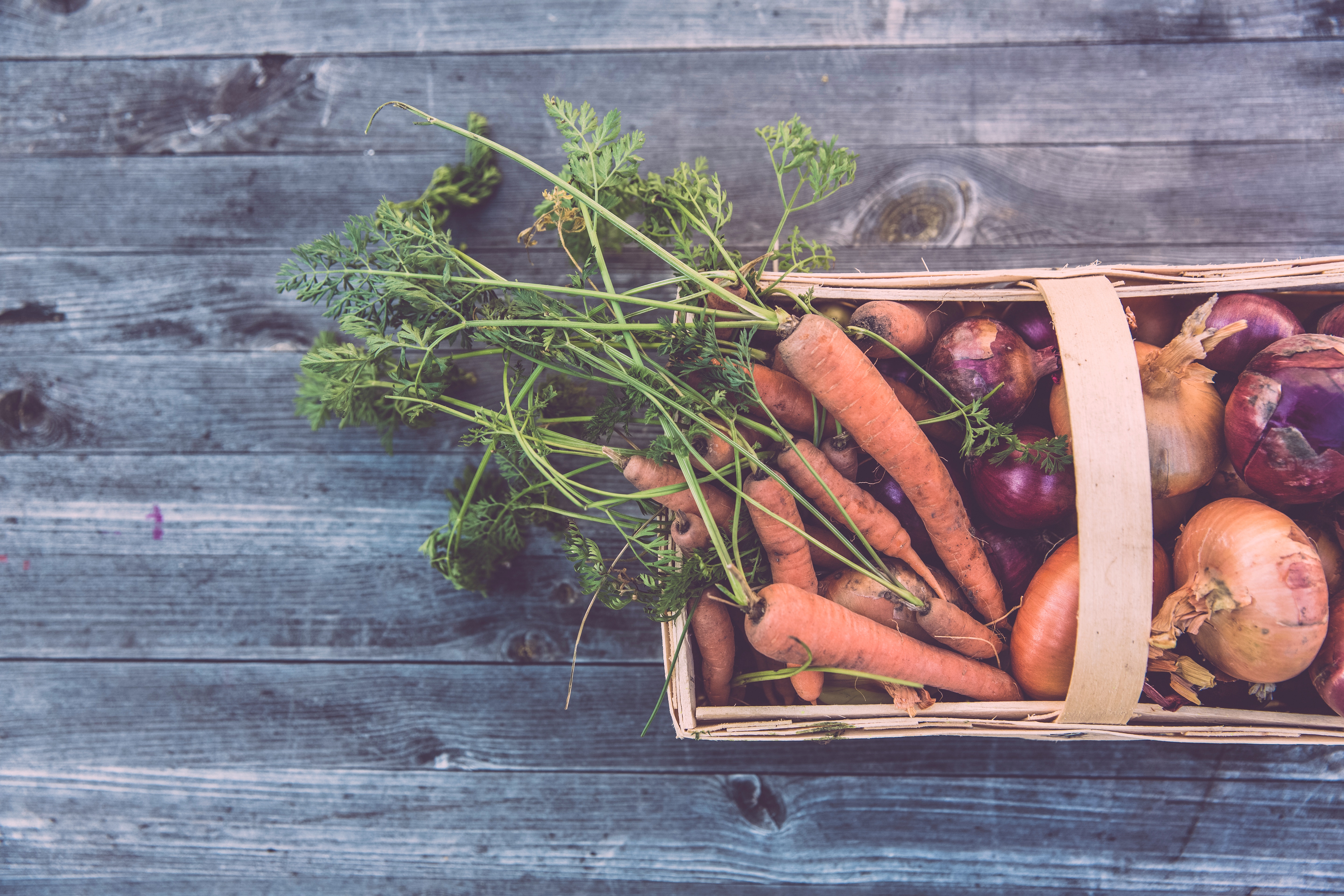Self-sufficiency is one of the best goals that a person can aspire to, in my humble opinion. The idea of living completely by your own work and your own wits has a certain primal appeal that will probably never go away. Deep down in our souls, we know that this is the way humans were meant to live. Sure, nobody wants to be totally isolated, but we all want to be a little freer. A person who produces what they need is far less dependent upon the society around them.
So you’ve got a family to feed, and it’s getting expensive, huh? Just one trip to McDonald’s might be enough to break the bank when you have a bunch of hungry kids to feed. But is it really worth the money? I say NO. The following is a short guide to the production of your own food supply.
The first thing you need to learn about is what the natives referred to as “the three sisters“. These are corn, beans, and squash. The eastern tribes of North America focused their agriculture on these three crops because they produce a lot of food. When you have a whole tribe to feed, high-production vegetable plants are a necessity. When planning your family garden, you should learn from the wisdom of the natives and concentrate on these three.
Squash is my personal favorite for several reasons. First of all, you can produce a whole lot of food with only a few plants. I have three in my garden, and I literally have more squash than I can eat. The speed with which this plant produces large and tasty fruits is still amazing to me. On top of that, the flesh of the fruit has a texture and consistency that is somewhat similar to meat or mushrooms. Another great thing about squash is that you can grow both summer and winter varieties. That’s right, some varieties of squash will even produce for you during the winter! Best of all, this plant is naturally resistant to both insects and disease.
But let’s not forget beans. These are a little more work because you will need to give them something to climb. The most common method is to simply drive some sticks in the ground and tie some string between them. Be sure to use more than one string so that your beans will have plenty of room to climb. This is another plant that will produce a lot of food, though it will not produce with the same regularity as squash or tomatoes.
This brings us to the corn. This plant requires a little more space than the other two because each plant will only produce one or two ears. However, the plant requires very little in terms of maintenance, so it is still an easy producer.
For me, the fourth sister is the cherry tomato. You will want something for your kids to snack on if they get hungry between meals, and cherry tomatoes make a wonderful and healthy treat. Their small size causes them to mature and ripen more quickly than full-size tomatoes, and they are also less prone to rotting on the vine because they spend less time on the vine. Tomatoes also preserve easily and have a wide variety of uses.
That brings me to the subject of preservation. Preservation is one of the most important steps because your garden will not produce at a uniform rate. That is to say, you will have periods where the garden has no food in it, and periods when it is full of more food than you can eat. Remember, every rotted fruit or vegetable represents a waste of time that is not acceptable. You can go to the trouble of canning if you want, but a simple food dehydrator will normally be good enough.
I hope you will enjoy your self-sufficiency as much as I have. It really is rewarding to know that everything you eat is a product of your own skill and the work of your own two hands. As a final note, I would like to direct you toward my favorite food blog, written by Mr. William Bronchick. When I am looking for new and creative ideas for cooking up the fruits of my labor, William Bronchick‘s blog is my first stop.



